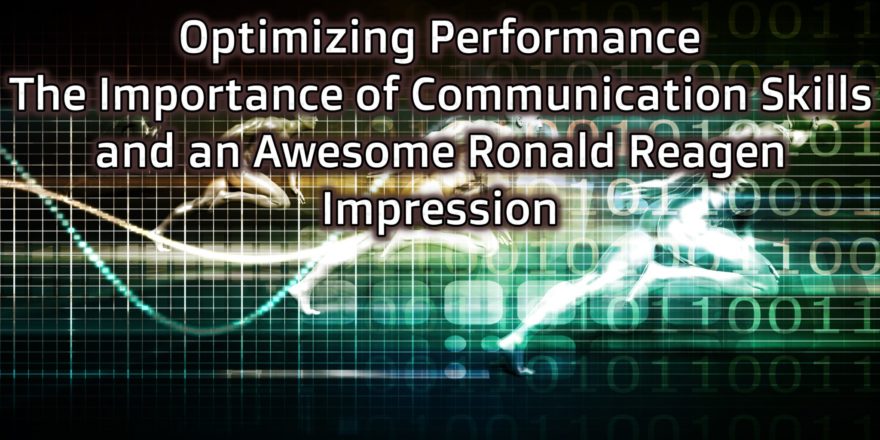Tag: therapy
Online Consult with The Manual Therapist
The Rundown My good friend Erson Religioso of The Manual Therapist fame recently contacted me to do a consult for some back/leg…
Why Everything Works (and Doesn’t Work)
A Great Place to Be I was recently at my home away from home, IFAST. Every time I go here…

